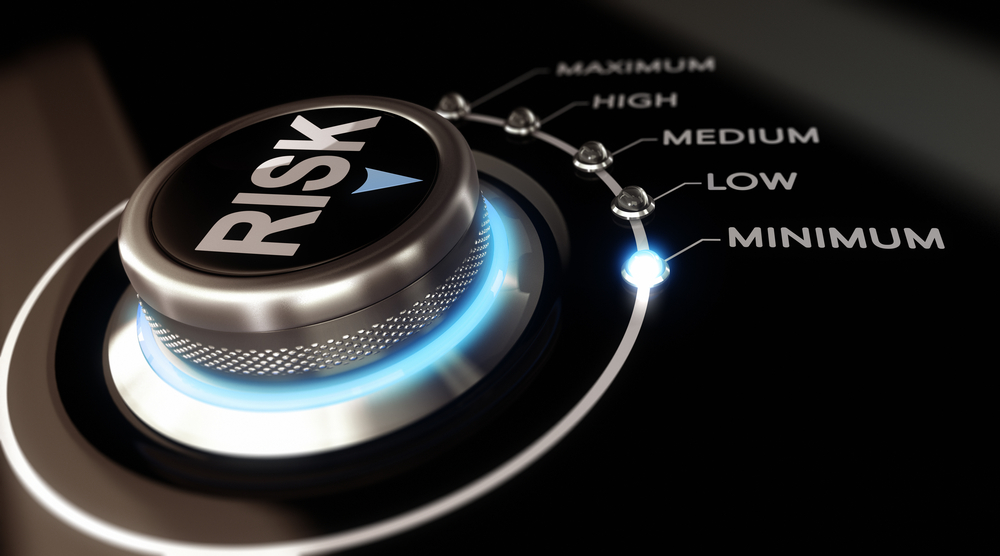Risk Management is the primary cause for a successful or unsuccessful trading experience. A sound risk management can yield a steady accumulation of profits, and increasing P&L, while a poor risk management can wipe out an account in a very short period. Most novice (and sometimes even more advanced) traders tend to make few critical mistakes when it comes to risk management, mistakes that can easily be identified, addressed, and rectified. In this article we will review the common mistakes that we tend to repeat and should avoid.
Understanding Leverage
Leverage is a key ingredient in trading. As we want to gain substantial returns, we use leverage to increase our capital base. Leverage is basically a loan that our broker gives us for trading purposes (a.k.a, trading margin). Most Forex brokers use 1:200 leverage, which means that every 1 currency unit that we put, buys us 200 units for trading purpose (for example : we deposit 10,000USD, which enables us to trade up to 2,000,000USD , or 20 lots in lot size). The leverage bears great risk, if we don’t know how to use it wisely. A 1:200 leverage means that if we utilize the maximum amount on one trade , and the trade loses 0.5%, we will be asked by the broker to put more money to keep the position opened (in other words, a “margin call”). As we can see the portion of equity that we use will determine how much loss we can withstand before we are forced to close a position. As much as it is tempting to trade big amounts, the available equity needs to be taken into consideration to avoid “margin calls”.
Analyze, Back-test and Arrive to Conclusions
People tend to think that trading is what we see on the big screen, and TV series about Wall St. and the hedge fund businesses. The truth of the matter is that it is nothing like that. A large portion of the trader’s day is dedicated to the footwork of trading such as; analysis of the current positions, risk and possible scenarios that can jeopardies the P&L. Also, it is vital to look at closed positions and understand what we did right and what we did wrong (not in a sense of “I shouldn’t buy/sell”, or “If only I had a crystal ball”, but rather “how could I mitigate the risk in a more effective way”), and what we did right (which is also very important to understand). Once we analyze the closed trades and note the conclusions that arise from our analysis, we will be able to avoid trading mistakes and repeating patterns of bad trading. Most traders lack the use of powerful assistance of “paper trading”, as they feel that it doesn’t get them anywhere in making money. But that assumption could not be more wrong. Paper trading lets us experiment, test new strategies, and get insights without bearing the risk. The way we see it, trading is 80% analysis and 20% taking positions.
Preparation
People devote too little time to building the strategies that they execute. Some traders will trade based on a hunch, without taking serious time to prepare, and come up with an exit strategies when they take positions. Increasing the profitability of any trade involves careful preparation, including various levels of analysis (whether it’s technical or fundamental). Also, upon taking a position, a trader should know where to place the stop-loss and take-profit orders. Although it’s tempting not to place a stop-loss, it is essential to do so, as this will protect us from significant losses, which can end up wiping out our fund, while we need to define where we lock our profits. Furthermore, once we define the stop-loss, we need to adjust the position size, such that we will know, upon initiating the position, the maximum loss that we can suffer (if the market goes against us). A good risk/reward (stop-loss/take-profit) ratio should be 1:1.5 or above, meaning that if we risk ourselves with 1% stop-loss, we should aim to take AT LEAST 1.5% profit. As we can see, we should aim to trade only trades that meet such minimum criteria, as this will ensure that in the long term we will be profitable, despite stopping out on a position every now and then.
Don’t bite off more than you can chew
Sometimes, traders tend to have unrealistic trading goals. We all want to be wealthy, but we must set ourselves realistic goals, that will both meet our risk appetite, and will be feasible to achieve. It is important that we will risk only amounts that we will comfortable loosing (obviously we don’t want to lose, but we need to assume the worst and see that we can live with that). Once we set our daily target/ maximum loss, we should stick to the target (or the maximum daily loss) and be disciplined (meaning once we hit the target we should stop trading for the day.
EZTRADER is a Binary Option Platform that offers a wide range of binary options on different asset classes. EZTRADER is regulated by most European regulators (including the UK FCA, and Germany BaFin)
For more information, visit www.eztrader.com




